When Will My Injuries Heal?
Healing Time for Musculoskeletal Injuries
Tissue healing times vary from person to person and from injury to injury. However, the biological process of tissue healing remains the same. The body does an amazing job of healing throughout several phases of tissue repair. Have you ever heard someone blame their low back pain on a herniated disc from 10 years ago? Truth is, that disc has healed, remodeled, and likely returned to its previous function. Similarly, long lasting pain is often a result of untreated compensatory patterns and muscle weaknesses following initial injury.
What are the three phases of tissue healing?
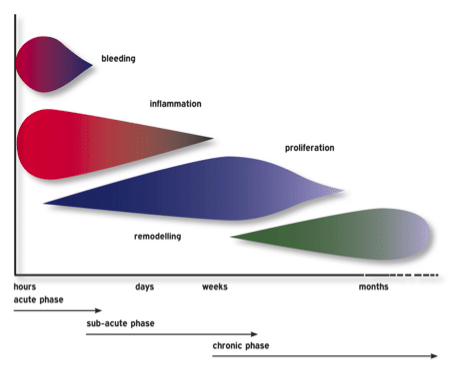
- Inflammatory Phase (4-6 days)
- This phase prepares the wound for healing.
- During this phase, we see cardinal signs of inflammation (redness, heat, swelling, pain, and loss of function).
- Proliferation and Migration Phase (4-24 days)
- The body forms a new vascular network to repair damaged structures.
- This is called neovascularization or angiogenesis.
- Remodeling and Maturation Phase (21 days-2 years)
- Ideally, scar tissue becomes remodeled into mature, healthy tissue.
- As a result, the weaker type III collagen starts getting replaced by type I collagen, which is much stronger.
- Moreover, the completion of this phase can take months to years. Also, it may not coincide with pain or symptoms.
How long will it take for my injury to heal?
- Muscle strain (Grades 1-3)
- 2-8 weeks
- 2-4 months
- 9-12 months
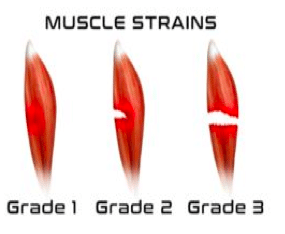
- Ligament Sprain (Grades 1-3)
- 2-8 weeks
- 2-6 months
- 6-12 months
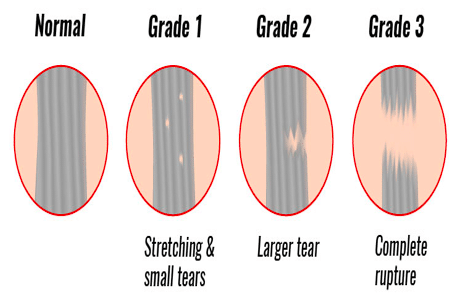
- Tendon Injury
- Acute: 2-6 weeks
- Subacute: 2-4 months
- Chronic: 3-9 months
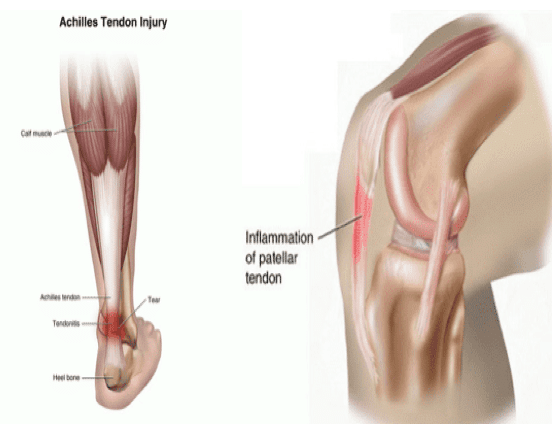
- Bone fracture
- 6-12 weeks
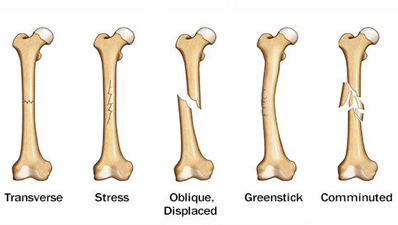
- Meniscus/Labrum
- 3-12 months
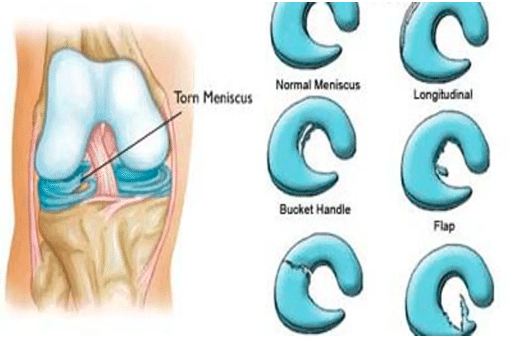
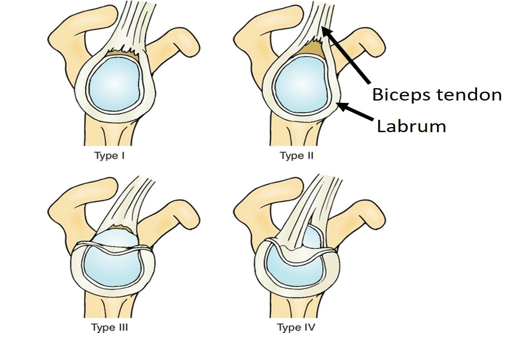
Above all, these healing times are estimates based on averages. Your unique experience may vary greatly. Honestly, if you are ahead or behind these time frames it does not mean you are doing something wrong. In the end, everyone is different!
Does physical therapy help with healing?
Yes! However, physical therapy will not speed up biological healing times. There are many interventions that may be implemented to reduce pain and decrease symptoms. Additionally, physical therapy improves function of surrounding tissues and reduces risk of re-injury. Meanwhile, it’s necessary to be well informed and educated about your injury. This includes: diagnosis, prognosis, and plan of care.
Fortunately, this will also help with coping and the healing process. Researchers are currently placing heavy emphasis on studying the psychology of pain and its effect on healing. Thankfully, one thing everyone can agree on is maintaining a positive outlook on pain and injury will have long term benefits. Education, guidance, and appropriate progressions implemented by your physical therapist will allow you to maintain a positive outlook and facilitate proper healing.
Lastly, it doesn’t matter if you have a recent injury or an old nagging injury, we can help! Contact Symmetry Physical Therapy for a complimentary phone consultation with a Doctor of Physical Therapy. Also, check out our Instagram page here to meet the team and find some educational exercises that can help get you started!
Written By: Dr. Nicole Willis, PT, DPT, SFMA-C
